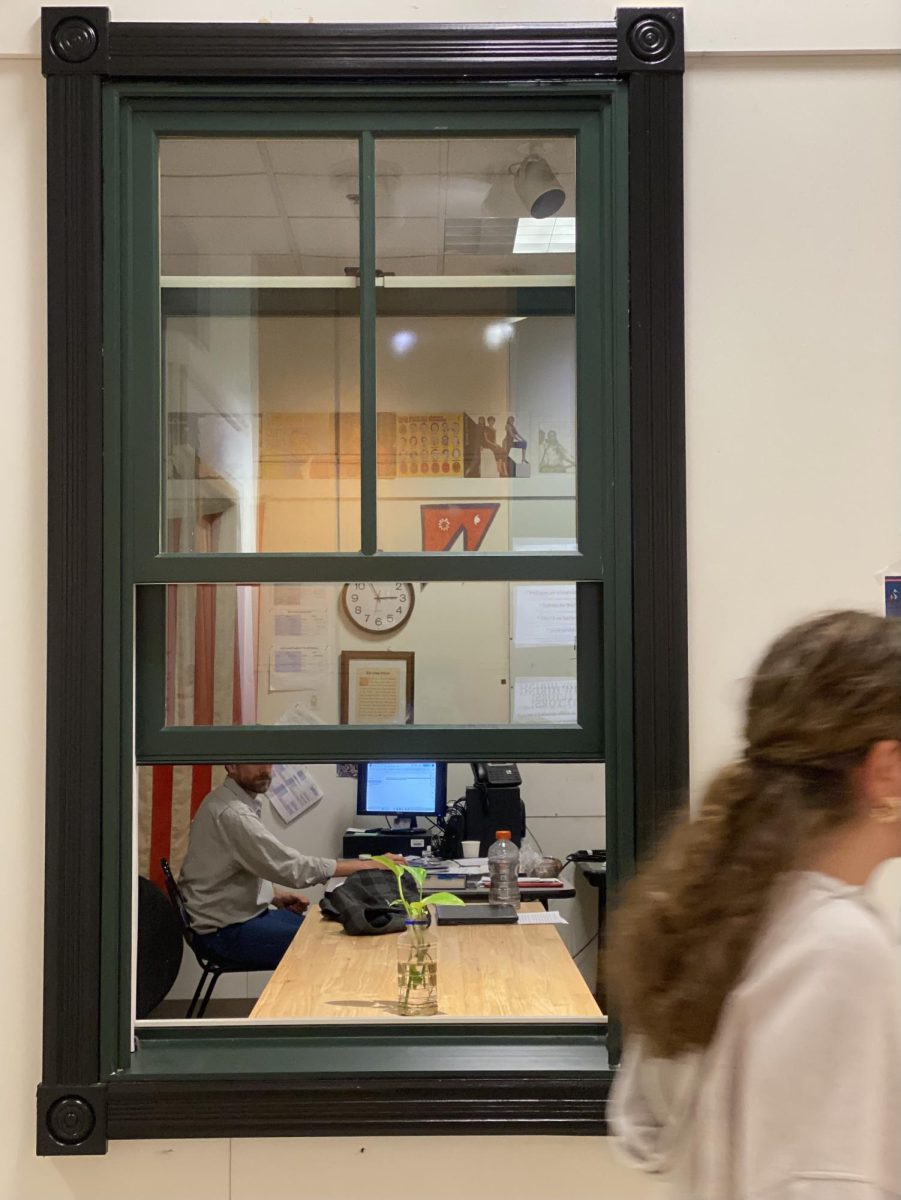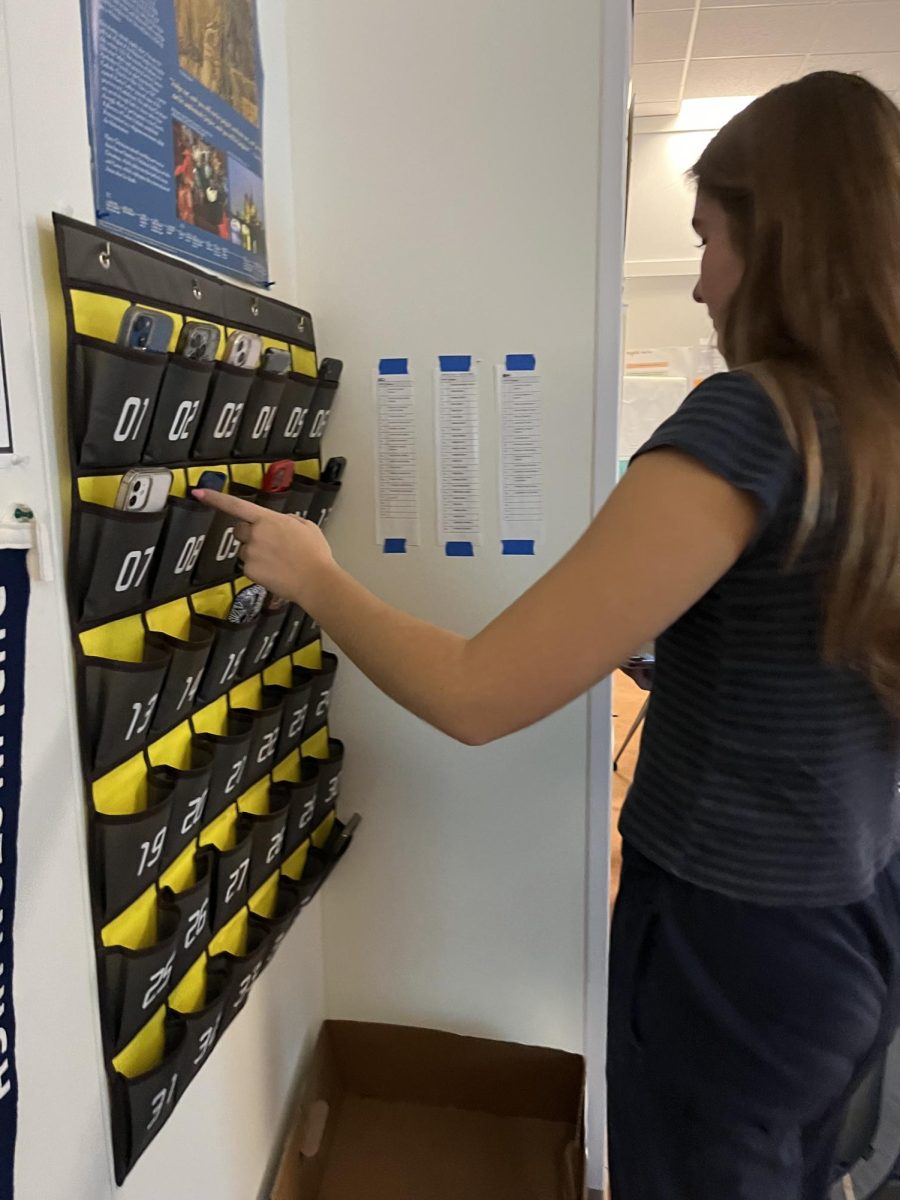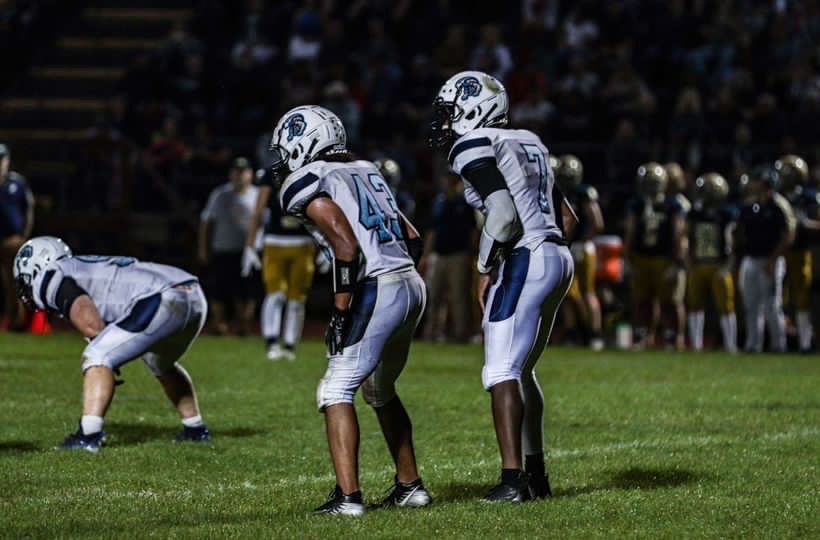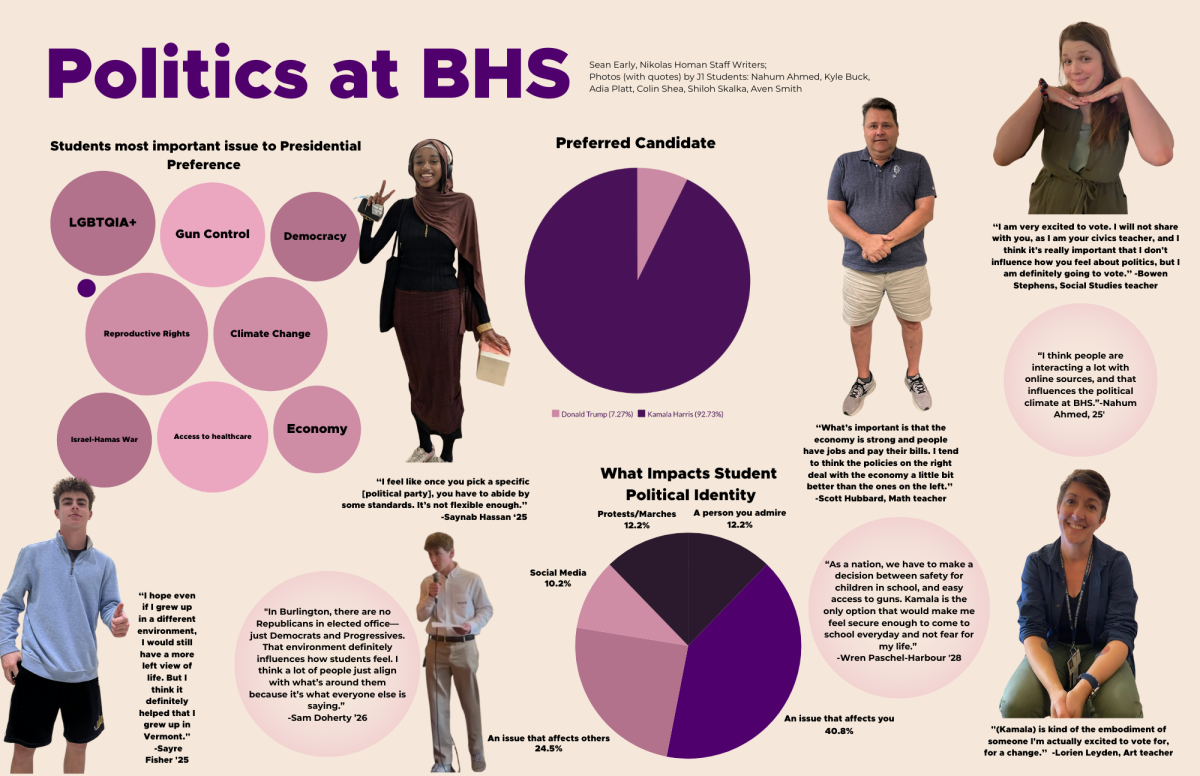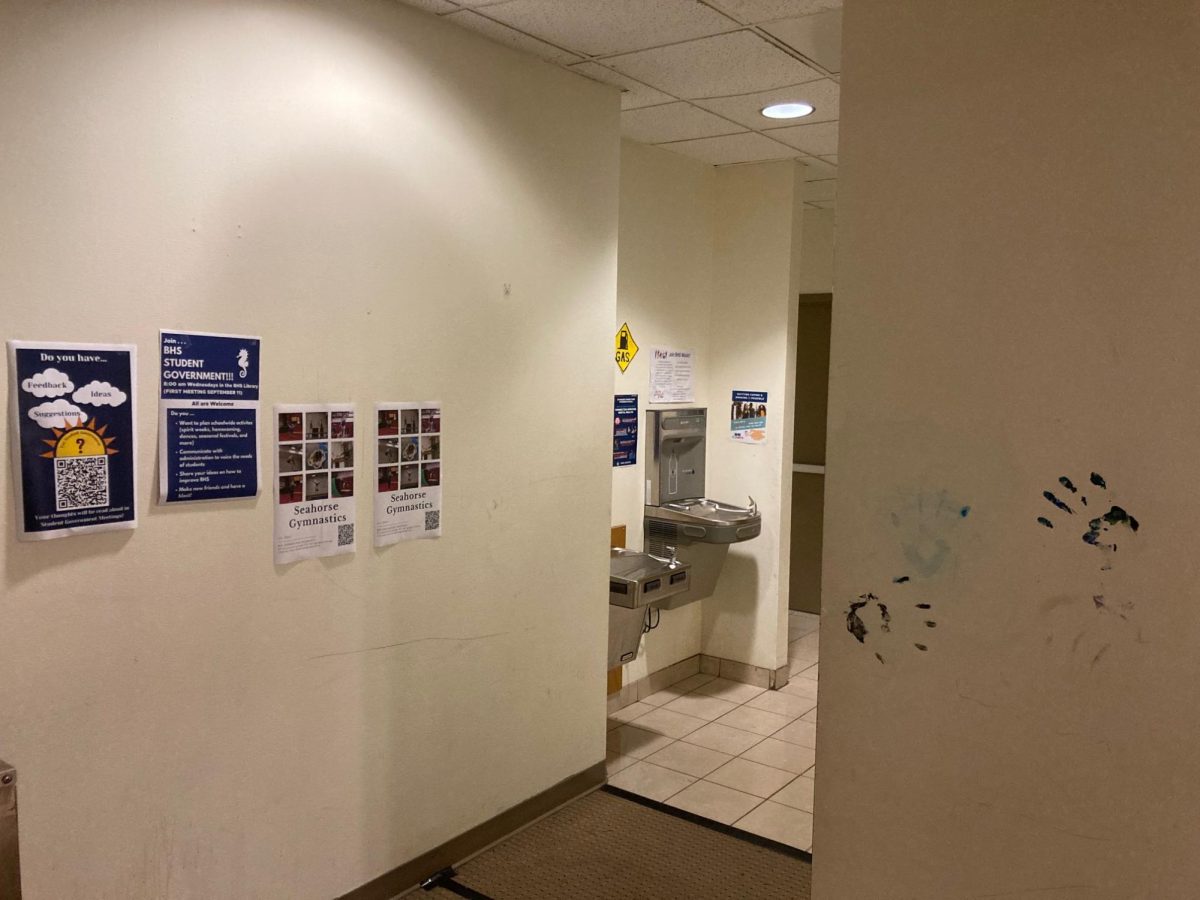Wander through C-building and you will see fifteen teachers, teaching ten different ways.
It’s striking how teachers of the same subject have such different and creative ways of helping students learn and connecting with them. It’s important for teachers to have different teaching styles because it’s beneficial for students to experience more than one way to learn and different students learn differently.
Matthew Yu teaches freshman English, Advanced Composition and Contemporary Literature. Walking into his class, Yu had all the students engaged in an activity. They were in small groups performing an egg drop experiment. Every couple of minutes, Yu would check-in with each group to see what they needed to succeed, while using humor to engage his students. He asked them questions to get them thinking.
Visual learners, also thrive off Yu’s teaching style
“Mr.Yu explains the material and uses visual pictures sometimes which helps me because I am a visual learner,” said freshman Ahmed Adan. “Mr.Yu doesn’t teach like any other teachers. He understands us as students.”
Discussion, Thinking and Reflection
The next teacher observed by the Register was Patrick Barrett, who teaches Cinema Studies, World Literature and sophomore English. His students circle up to have a class discussion. In this format, students can see each other and listen to each other more easily. Everyone in the classroom got into a deep conversation about the book they were reading and their thoughts about it. The room was mellow and laid back. Barrett used questions to move the conversation forward.
Looking around his room, one finds a peace lily, nice blinds to filter the light, student projects, and various posters that share Barrett’s passions for film and literature. Students in his class like his style and his classroom.
“When I am learning at my best, everyone is focused and on topic and relaxed which makes it easy to learn,” said Tanaya Walker, a junior in Mr. Barrett’s World Literature class.
She appreciates the peaceful environment. Other students appreciate a teacher who knows what they’re talking about and has good humor. Some associate learning with workload.
“Getting a good amount of homework but not too much is good,” said senior Chris Fennimore, another World Literature student.
Barrett expects to see all of his students involved, meaning talking in class discussions, and putting their ideas and thoughts out there. After a discussion he likes to have the room quiet so that everyone in the classroom has a chance to think.
“I think a lot about what books I am going to read and what I am going to teach. I expect my students to be pretty thoughtful and share their ideas based on what we are learning,” Barrett said.








